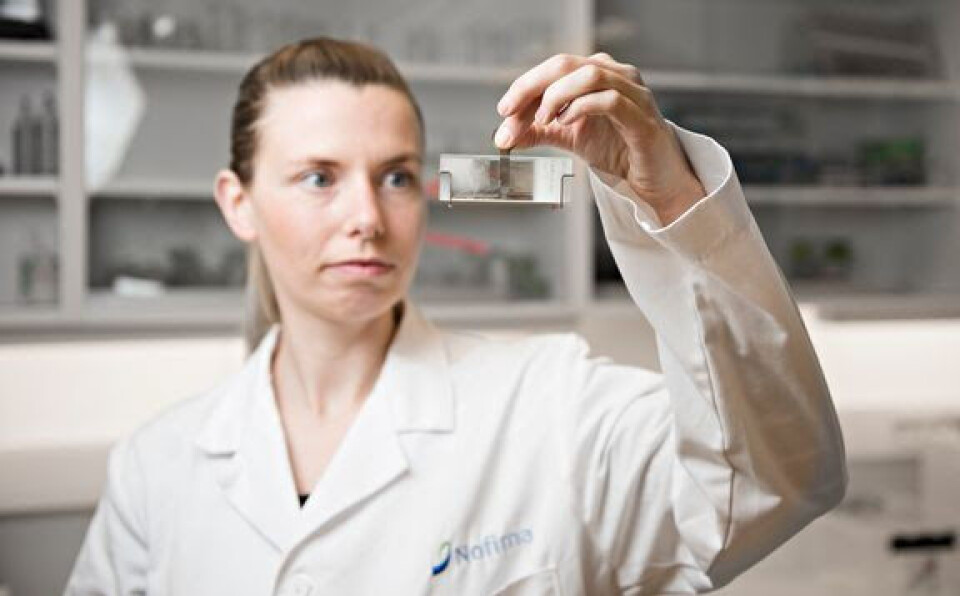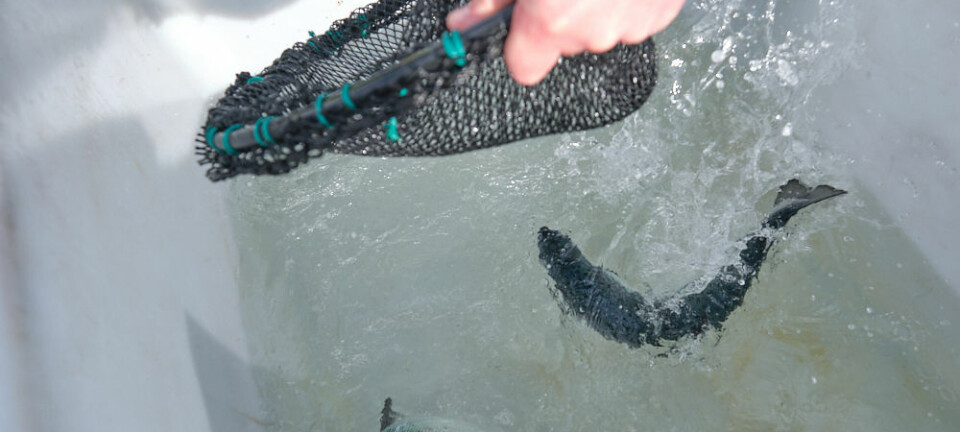
48 hours to beat the sea louse
New research points to early immune response as the most important element for natural lice resistance in salmon
The speed of a salmon’s immune response to attachment by a sea louse is key to whether the parasite will remain on the fish, researchers have found.
“When sea lice attach, certain Pacific salmon species mount a rapid and robust response, causing the lice to fall off,” explained Lene Sveen at Nofima – the Norwegian Institute of Food, Fisheries and Aquaculture Research.
Sveen is the lead author of a recent scientific publication that closely examines the interaction between sea lice and salmon. Sea lice remain one of the aquaculture industry's most significant challenges, and scientists are working tirelessly to develop knowledge that could lead to new solutions.
In a recent study, Sveen and her colleagues focused on coho salmon - long recognised for its natural resilience against sea lice. Rather than analysing the entire immune system, the scientists focussed on the site where the louse first attaches to the skin - a decision that proved to be a good idea.

Where the battle begins
“This is precisely where the battle begins. If the salmon can respond quickly enough, it can prevent the louse from gaining a foothold,” said project leader Nick Robinson at Nofima.
The scientists discovered that coho salmon trigger a powerful inflammatory reaction within two days of louse attachment. Immune cells flood the louse attachment area, making it difficult for the parasite to establish itself. In contrast, Atlantic salmon show a much weaker response.
Not only coho salmon, but also other Pacific species such as chum and pink salmon, demonstrate impressive defences against sea lice. The study reveals that these species have a high density of mucous cells in their skin. During the experiment, the salmon had to be anaesthetised for the sea lice to attach successfully.
“This suggests that their skin surface is inherently unsuitable for the parasite in some of these other species, and that several mechanisms are at play, making it difficult for lice to successfully establish,” Sveen said.
Comparing species
The research was conducted as part of the CrispResist project, which brings together an international team of experts from both science and industry. For four years, they have sought answers as to why some Pacific salmon species are more resistant to sea lice than Atlantic salmon. Their efforts have been cumulative, and much of the pieces in the puzzle are now in place.
“We have never been closer to the answer about how species like coho defeat sea lice, and these new findings have sparked several new ideas for further research that will bring us closer to solutions for Atlantic salmon,” said Sveen.























































